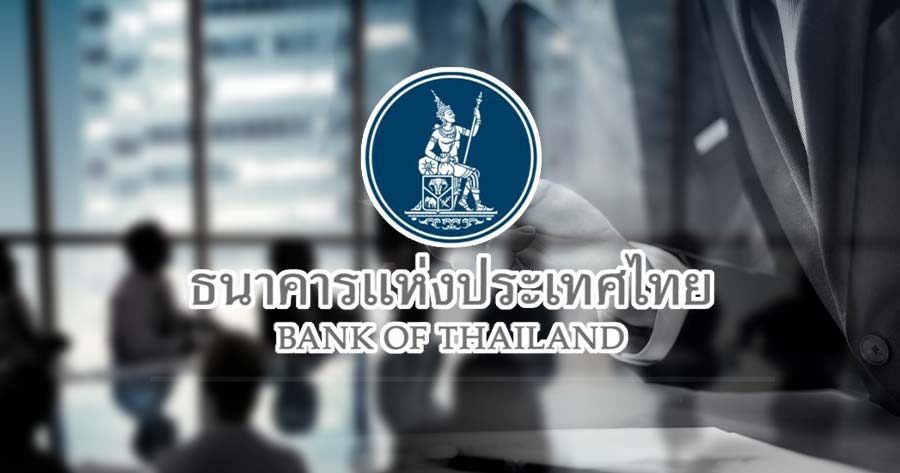At the meeting of Monetary Policy on April 30, policymakers voted 5 to 2 to cut the policy rate by 0.25 percentage point from 2.00 to 1.75 percent, effective immediately. Two members voted to maintain the policy rate at 2.00 percent.
The Bank of Thailand disclosed a press release afterward as follows:
The Committee voted 5 to 2 to cut the policy rate by 0.25 percentage point from 2.00 to 1.75 percent, effective immediately. Two members voted to maintain the policy rate.
The U.S. trade policies and potential retaliations from major economies will cause significant changes in the global economic, financial, and trade landscape. This process is only beginning and subject to high uncertainties, with the global economy likely to grow at a slower pace. The situation is expected to be prolonged, leading to structural changes and lower efficiency in global trade and production. The unpredictable nature of future global trade policies of major economies continues to pose significant challenges in assessing the economic and inflation outlook going forward.
The Thai economy is projected to expand at a slower pace than anticipated, with more downside risks due to uncertainty in major economies’ trade policies and a decline in the number of tourists. Headline inflation remains subdued and is expected to decline below the target range due mainly to supply-side factors. Financial conditions remain tightened. Most members voted to cut the policy rate by 0.25 percentage points at this meeting to be consistent with the worsening economic outlook, to cope with the increased downside risks, and to align financial conditions with the changing economic and inflation outlook. Two members voted to maintain the policy rate, giving consideration to the timing when monetary policy is most effective subject to limited policy space.
The Thai economy is likely to slow down and faces increasing downside risks owing to global trade policies and lower foreign tourist arrivals. Going forward, the impact of global trade tensions will become more evident in the second half of 2025 but still with high uncertainty. Therefore, the Committee assesses the growth and inflation outlook under various scenarios.
For instance, if trade negotiations are prolonged and U.S. tariffs remain close to current rates (reference scenario: lower tariffs), the Thai economy would grow by approximately 2 percent in 2025. Moreover, if trade tensions intensify and U.S. tariffs are set at higher rates (alternative scenario: higher tariffs), the Thai economy is projected to grow at around 1.3 percent in 2025. The resulting outturn depends on policy responses and adjustments from major economies. It is therefore crucial to closely monitor global trade developments and their impacts on the Thai economy. Mitigating the effects of trade shocks will require a combination of complementary policies to enhance the competitiveness of the private sector.
Headline inflation is projected to decline below the target range largely due to global crude oil prices and government subsidies which partly alleviate costs of living and business expenses. Core inflation is expected to remain stable and medium-term inflation expectations are well-anchored within the target range. However, trade protectionism and changes in the global supply chains could affect the Thai inflation outlook in the future.
Overall financial conditions remain tightened, with loan growth and credit quality continuing to deteriorate, especially in housing loans and business loans facing structural issues. In addition, as global trade policies could exert additional pressures on the financial positions of businesses and households, the risk of adverse macro-financial linkages must be monitored.
Meanwhile, volatilities in global financial markets increased due to uncertainties surrounding trade policies of major economies. Consequently, this led to higher volatilities in the Thai financial markets. Nevertheless, the overall functioning of the Thai financial markets remains normal. The Committee deems it necessary to closely monitor developments in the global financial markets and movements of the baht.
The prevailing monetary policy framework seeks to maintain price stability, support sustainable growth, and preserve financial stability. The Committee assesses that the economic outlook remains highly uncertain, and will deliberate monetary policy going forward to align with the economic and inflation outlook and associated risks.




